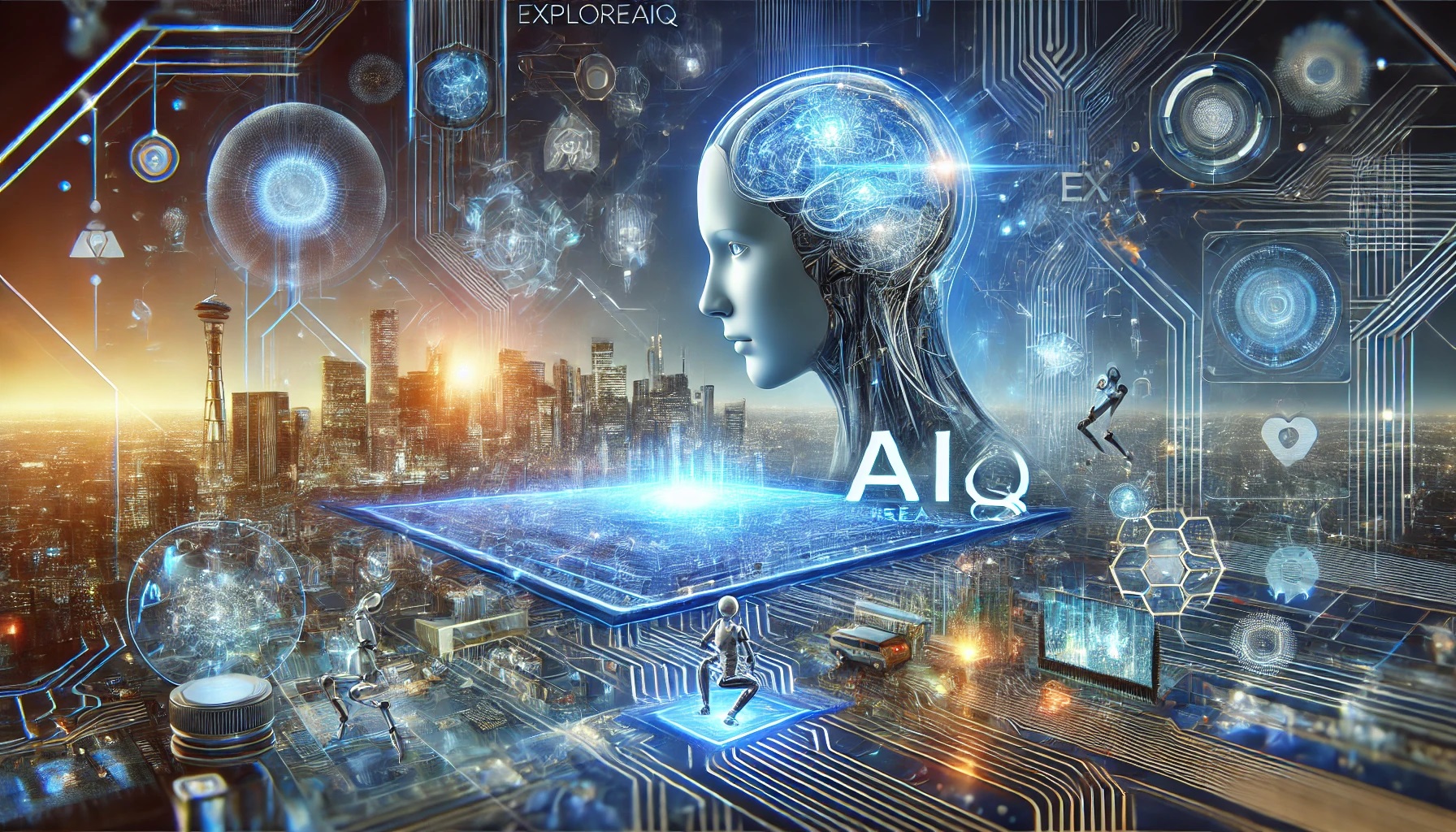Shaping the Future of Learning
Introduction: Revolutionizing Education with AI
Education is the foundation of progress, and Artificial Intelligence (AI) is transforming how we learn, teach, and access knowledge. From personalized learning paths to virtual classrooms, AI is making education more accessible, efficient, and tailored to individual needs.
In this next installment of the AI Terminologies Series, we’ll explore how AI is reshaping education, the opportunities it offers, and the challenges it must overcome to create a brighter future for learners worldwide.
1. Personalized Learning Paths
AI’s Role:
AI adapts educational content to each student’s pace, preferences, and learning style.
Applications:
- Adaptive Learning Platforms: AI customizes lessons and assessments based on student performance.
- Skill Gap Analysis: Identifies areas where students need improvement and offers targeted resources.
Example:
Platforms like Duolingo use AI to adjust the difficulty of language exercises, ensuring learners stay challenged but not overwhelmed.
2. Virtual Classrooms and E-Learning
AI’s Role:
AI powers online education platforms, making learning more interactive and accessible.
Applications:
- Automated Grading: AI grades assignments and quizzes, giving instant feedback.
- Virtual Teaching Assistants: Chatbots answer students’ questions in real time.
- Content Recommendations: Suggests courses and resources based on learning goals.
Example:
Coursera’s AI-driven recommendation engine helps students discover courses aligned with their career aspirations.
3. Enhancing Accessibility in Education
AI’s Role:
AI ensures that education is inclusive for students with disabilities or from underserved communities.
Applications:
- Speech-to-Text: Converts spoken language into text for hearing-impaired students.
- Text-to-Speech: Reads educational materials aloud for visually impaired learners.
- Language Translation: Breaks down language barriers in global classrooms.
Example:
Microsoft’s Immersive Reader uses AI to improve reading comprehension for students with dyslexia.
4. Intelligent Tutoring Systems
AI’s Role:
AI-powered tutoring systems provide one-on-one assistance to students, mimicking a human tutor’s guidance.
Applications:
- Homework Help: AI answers questions and explains concepts step-by-step.
- Practice Sessions: Offers personalized exercises and simulations to reinforce learning.
Example:
Socratic by Google uses AI to provide detailed explanations for math, science, and humanities questions.
5. AI in Teacher Support
AI’s Role:
AI tools reduce administrative burdens for teachers, allowing them to focus more on teaching and mentoring.
Applications:
- Automated Grading: Saves time by grading exams and essays.
- Classroom Insights: AI analyzes student performance data to identify struggling learners.
- Lesson Planning: AI generates tailored lesson plans based on curriculum goals.
Example:
GradeScope uses AI to speed up grading for assignments and exams, even in large classrooms.
6. Gamification and Engagement
AI’s Role:
AI enhances engagement by integrating gamification into educational platforms.
Applications:
- Game-Based Learning: AI creates interactive scenarios that make learning fun.
- Progress Tracking: Tracks achievements and awards badges or rewards.
- Behavior Analysis: Adjusts difficulty and pacing to keep students motivated.
Example:
Prodigy Math Game uses AI to gamify math lessons, encouraging students to solve problems while enjoying an adventure.
7. Data-Driven Decision-Making
AI’s Role:
AI analyzes educational data to improve teaching methods, course structures, and institutional policies.
Applications:
- Student Performance Analytics: Tracks progress and predicts outcomes.
- Curriculum Optimization: Identifies gaps in course content and suggests improvements.
- Enrollment Predictions: AI forecasts enrollment trends and resource requirements.
Example:
BrightBytes uses AI to provide actionable insights for improving student outcomes in schools.
Challenges of AI in Education
- Data Privacy:
- Safeguarding student data from misuse or breaches.
- Digital Divide:
- Ensuring equitable access to AI-powered tools in low-income or remote areas.
- Bias in AI Systems:
- Avoiding biased recommendations that could limit student potential.
- Over-Reliance on Technology:
- Balancing AI tools with traditional teaching methods to ensure holistic education.
Solutions:
- Implement strong data protection policies.
- Develop offline AI tools for areas with limited internet access.
- Regularly audit AI systems for fairness and inclusivity.
Future Trends in AI and Education
- AI-Driven Lifelong Learning:
- Personalized AI assistants will guide learners through their education and careers.
- Collaborative Learning with AI:
- AI tools will facilitate peer-to-peer learning and group projects.
- VR and AR Integration:
- AI combined with virtual and augmented reality will create immersive learning environments.
- Global Classrooms:
- AI translation tools will enable real-time collaboration among students worldwide.
How to Leverage AI for Your Learning Goals
- Explore AI-Powered Platforms:
- Use tools like Khan Academy, Coursera, or Udemy for guided learning.
- Track Progress with AI Tools:
- Apps like Duolingo or Quizlet help you monitor improvement and identify weaknesses.
- Join AI Communities:
- Participate in forums and discussions to share knowledge and experiences.
- Stay Curious:
- Experiment with AI tools to enhance your learning experience in creative ways.
Conclusion: A Smarter Way to Learn
AI is revolutionizing education, making it more accessible, engaging, and tailored to individual needs. By embracing these innovations, students, teachers, and institutions can unlock new opportunities for growth and success.
Stay tuned to Explore AIQ as we continue exploring the transformative power of AI in various domains and uncover new possibilities for a smarter, connected world.




